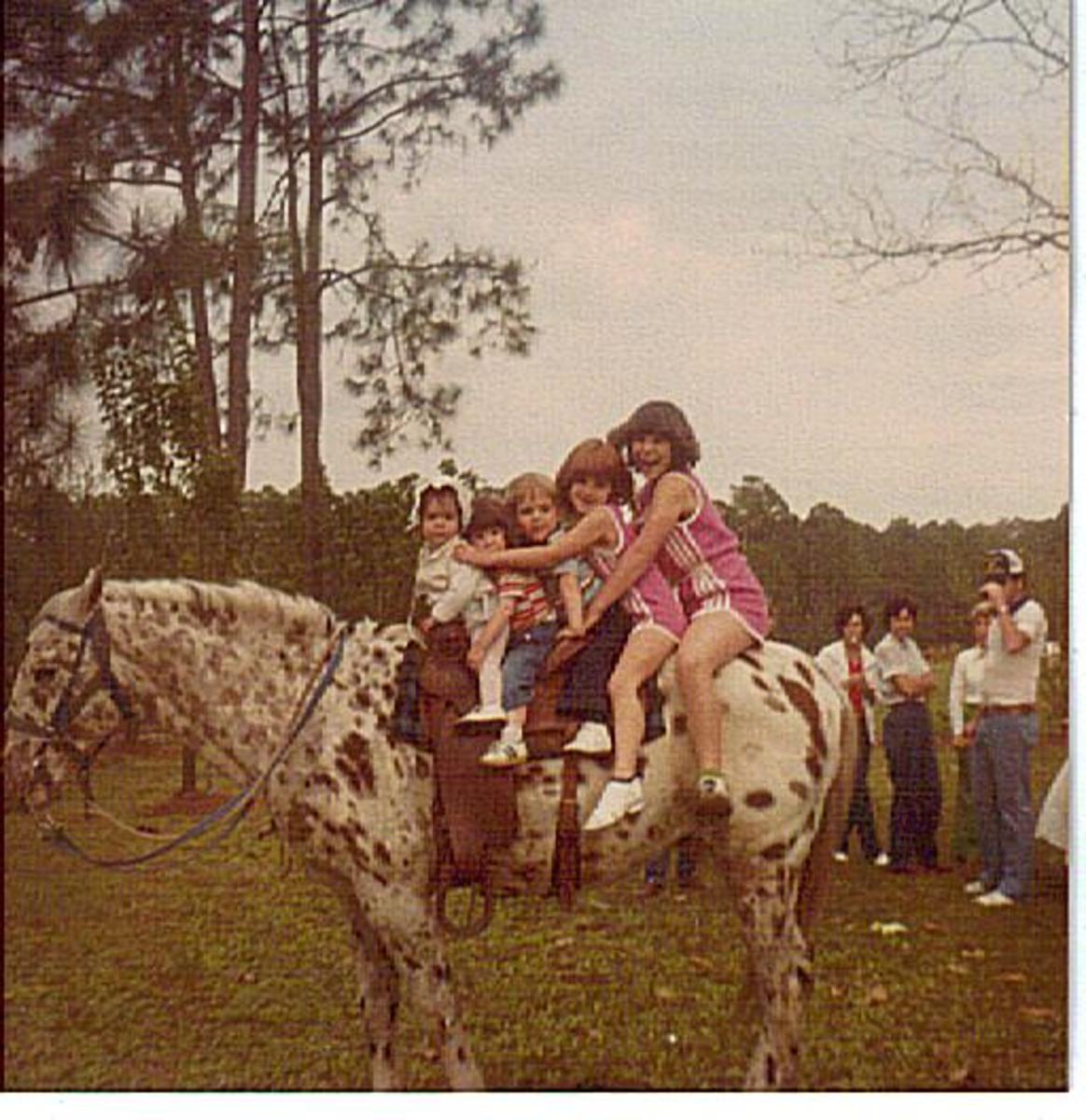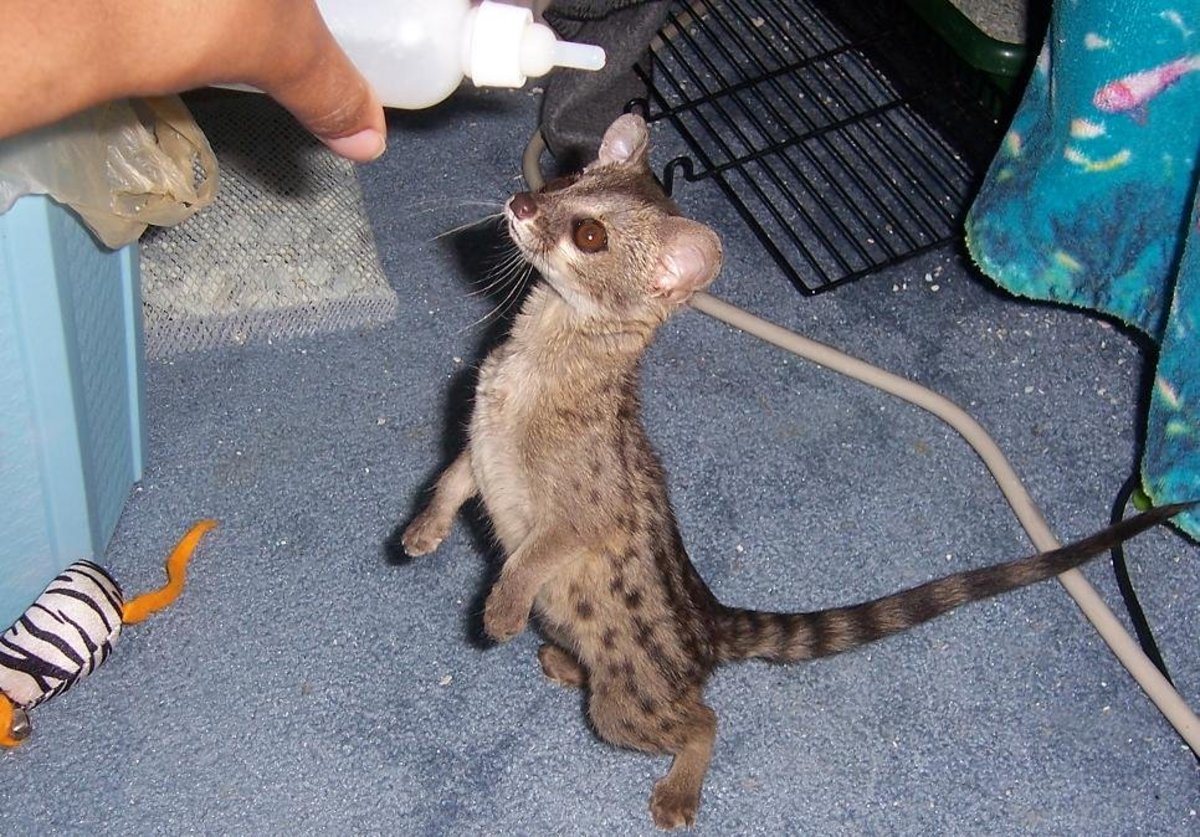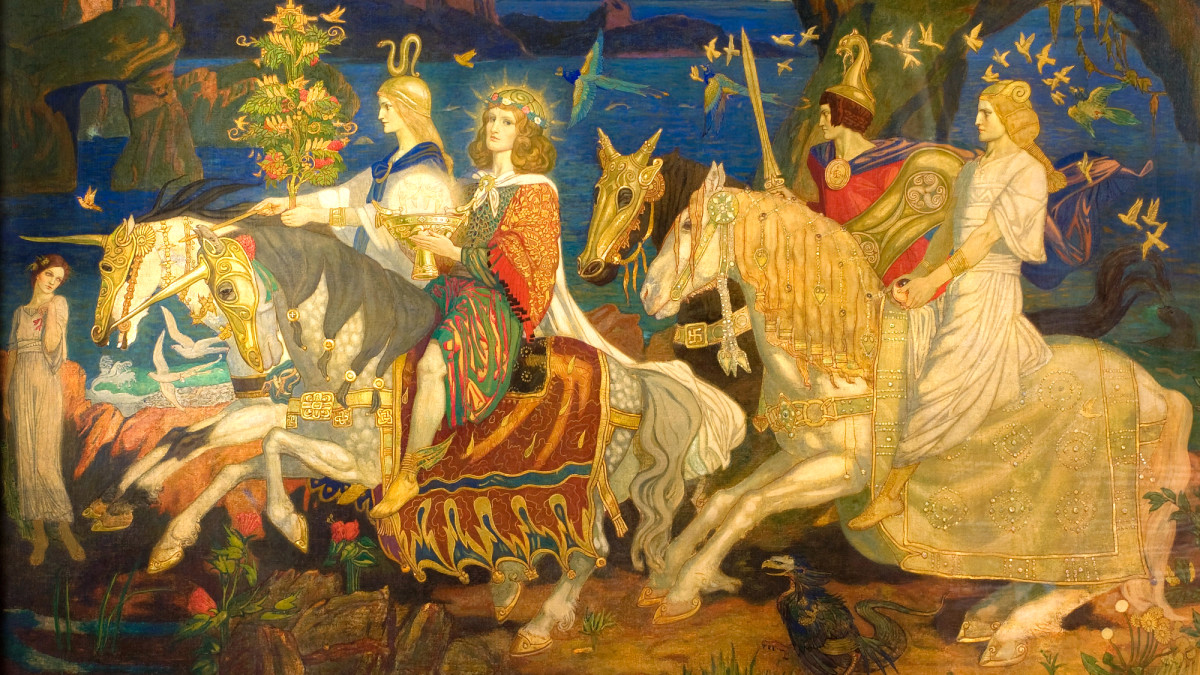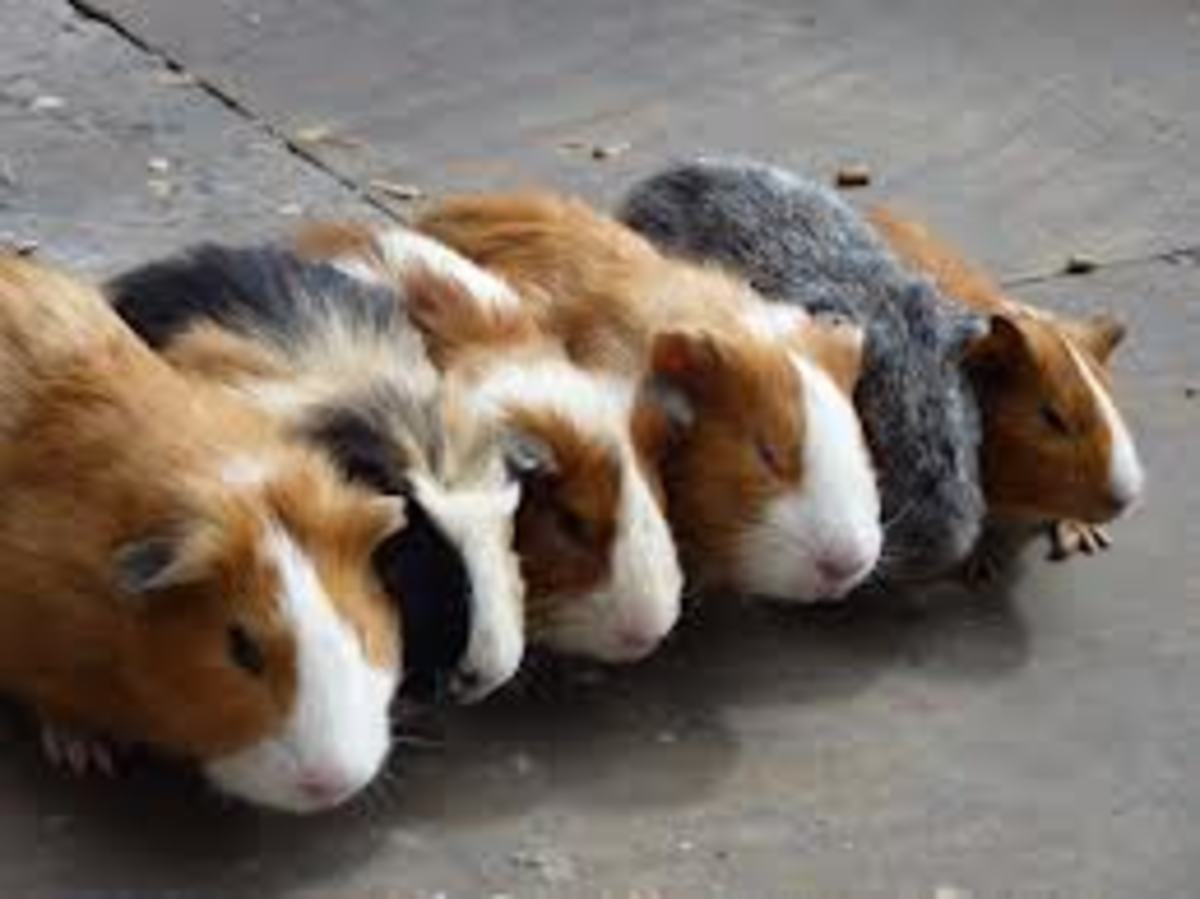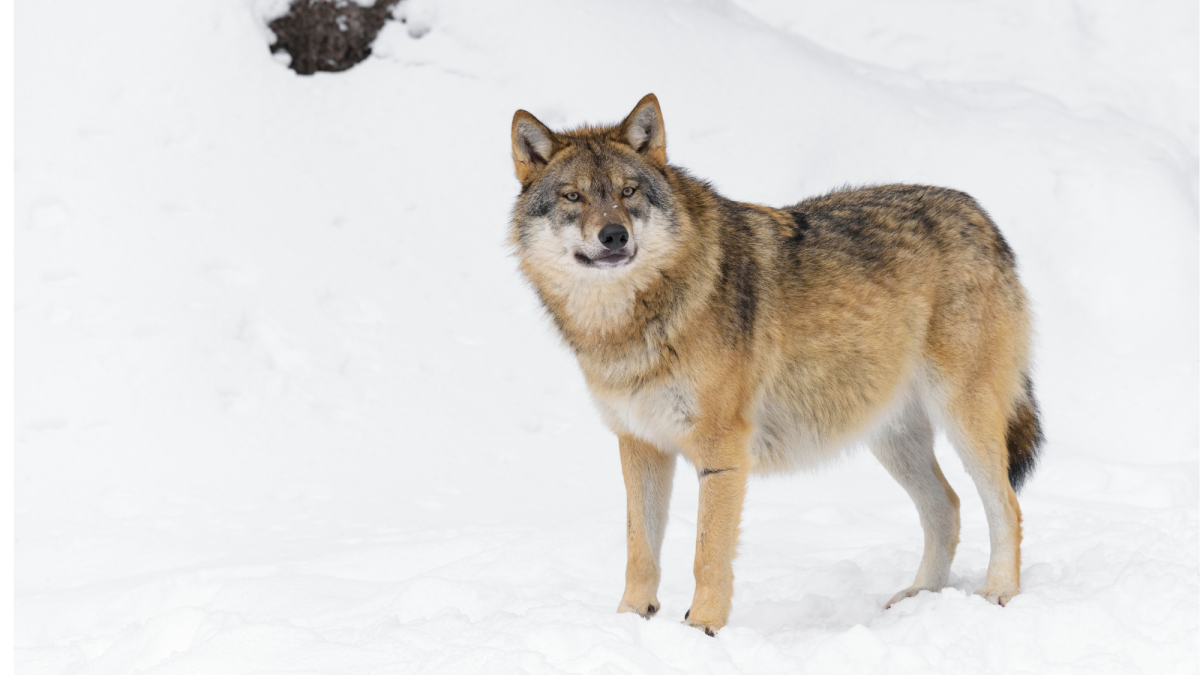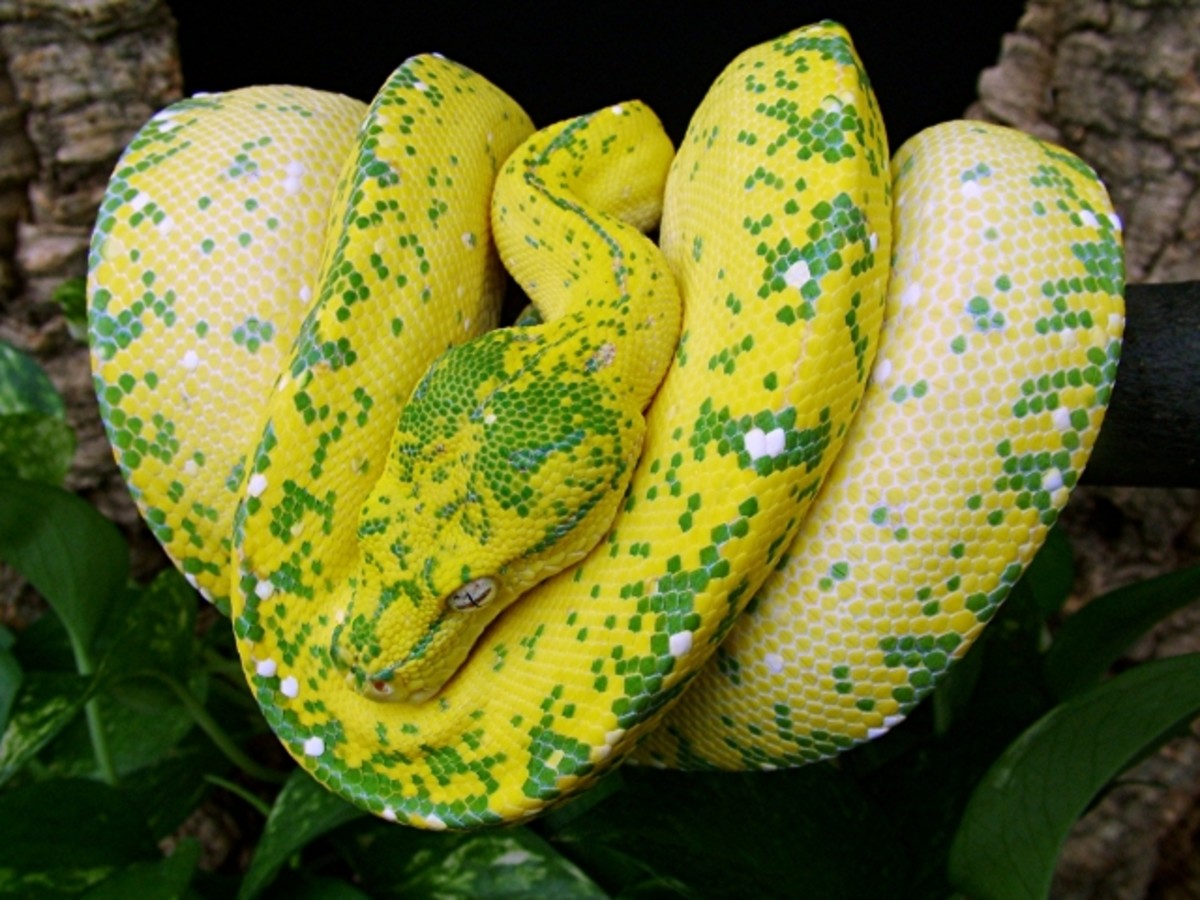Spotted Breeds of Animal
Some breeds of animal are known for their spotted coats. In fact while most breeds are not specifically defined by coat color or pattern, in the case of spotting these marking may be the primary requirement for an animal to be considered a valid member of its breed.
Dogs
In dogs there are a number of defects associated with having a spotted or merle coat, including blindness and deafness. However people still breed for these coats because they are considered attractive.
Dalmatians
Dalmatian dogs may be the most famous spotted breed. They also underwent a surge in popularity associated with the release of the Disney movie "101 Dalmations".
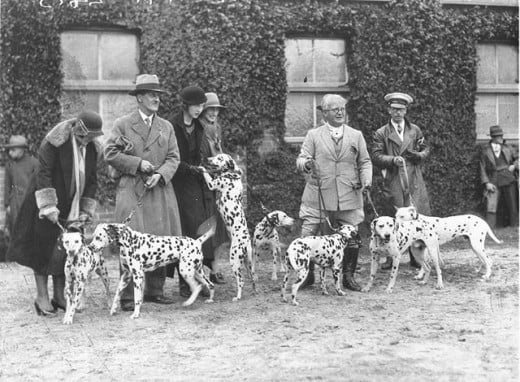
There are a great many other spotted dog breeds including the Bluetick Coonhound, English setter, and Springer spaniel.
Guinea Pigs
The spotted coat in cavies is referred to as "dalmatian" after the dalmatian dog. The gene creating this patter is lethal when homozygous. That is, if a cavy inherits this gene from both parents it will die.
Horse
Prehistoric horses may have been spotted as depicted in the caves of Peche Merle. There are also a number of moderns spotted breeds and types.
Appaloosa
In horses the appaloosa spot pattern is associated with a single dominant gene, one that is also associated with night blindness. However the appaloosa is also know as a very hardy and calm horse that is easily trained and reliable.
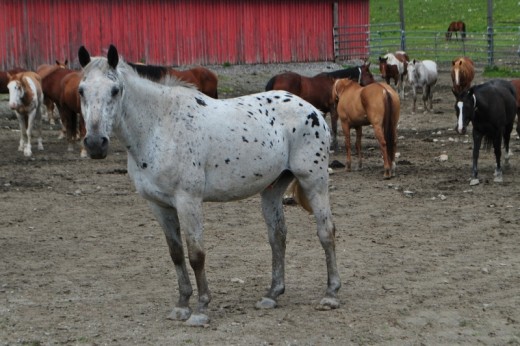
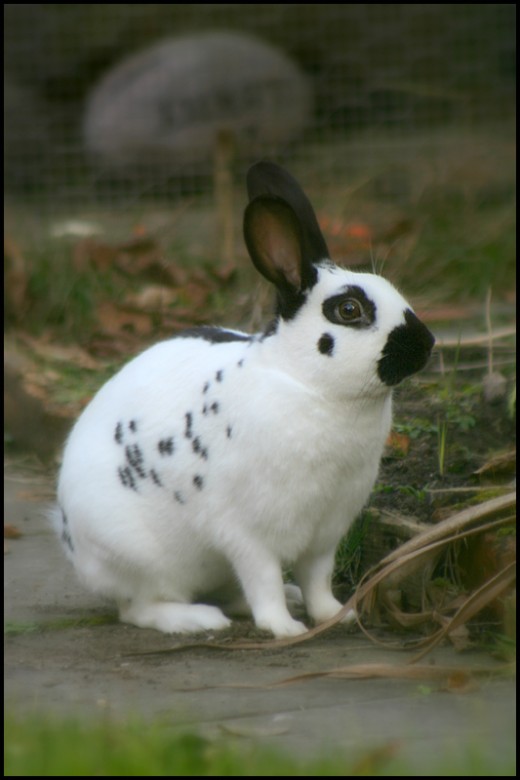
Rabbits
The English
The English rabbit was probably actually developed in Holland. It is a petite rabbit with a white body and black points and small spots that are scattered over most of the body.
The Checkered Giant
The checkered giant is a large white rabbit with patches of black or blue spotting. It probably originated in Germany as a variant of the Flemish Giant.
Sheep
In most modern sheep dark spots are no considered a flaw because a white fleece is more convenient for dying into different colors. However older breeds like the Jacob sheep often show a back on white spotting pattern.
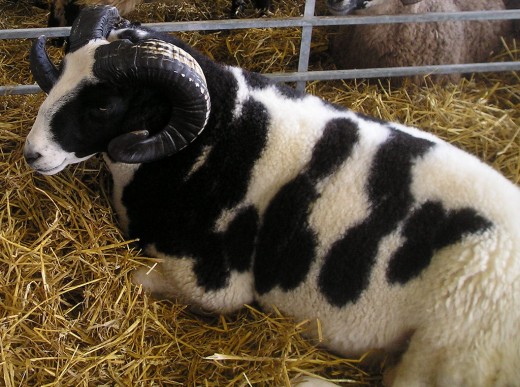
Pigs
Most pigs raised on large scale farms these days are plain pink-white in color. This is partly because customer now are not used to pork with a spotted hide and may mistake it for spoilage. However many older heritage breeds have spotted hides including the American Spotted Hig, Bentheim Black Pied, and Gloucestershire Old Spots
Discussion
Patterns of spots on a white background are paired with health problems across many breeds of domesticated animals. So while the pattern is attractive extra care has to be taken to ensure the animal's welfare is not compromised.
Breeding spotted animals together often produces what is called "lethal white", a white animal that dies before or shortly after birth.
A case could be made for not considering animals that cannot viably breed true (breeding a make and female of the breed and producing viable offspring) to not actually be a breed. Thus in many cases spotted animals are more properly a "type" or a "color morph". However many of them have been considered the breed for decades or even centuries so this nomenclature is unlikely to change..
Discussion
There is no mystery as to why the various kinds of spotting are considered attractive variations of coat patterns, whether the spots define and entire breed or are just a variation that occurs within it. However the genetics underlying spotting can be complex, and may be linked to harmful traits. Within popular heritage breeds this is unlikely to have a harmful effect, but in highly inbreed pedigree lines caution should be used in breeding or acquiring pets with extreme coat traits.
References:
- Bellone, Rebecca R., Samantha A. Brooks, Lynne Sandmeyer, Barbara A. Murphy, George Forsyth, Sheila Archer, Ernest Bailey, and Bruce Grahn. "Differential gene expression of TRPM1, the potential cause of congenital stationary night blindness and coat spotting patterns (LP) in the Appaloosa horse (Equus caballus)." Genetics 179, no. 4 (2008): 1861-1870.
- Herrlein Harry G. (1958). Rabbits and guinea pigs: how to raise them successfully. A E Staley NFG Co.
- Herzog, Harold A., R. Alexander Bentley, and Matthew W. Hahn. "Random drift and large shifts in popularity of dog breeds." Proceedings of the Royal Society of London. Series B: Biological Sciences 271, no. Suppl 5 (2004): S353-S356.
- Hudson, W. R., and R. J. Ruben. "Hereditary deafness in the dalmatian dog." Archives of Otolaryngology 75, no. 3 (1962): 213-219.
English rabbit photo credit: Capt' Gorgeous / Foter / CC BY
Appaloosa photo credit URL: https://www.flickr.com/photos/appaloosa/7154377925/
Dalmations photo credit: State Library of New South Wales collection / Foter / No known copyright restrictions
Jacob sheep photo credit: Verity Cridland / photo on flickr

